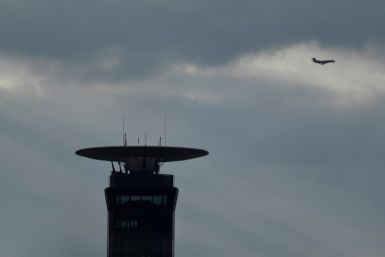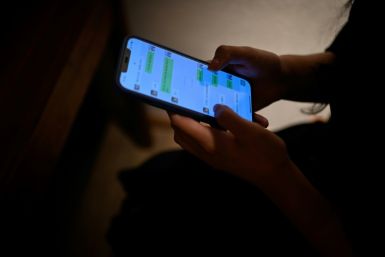SEC still at loss to explain market plunge
Regulators still have not been able to pinpoint the cause of the market's recent plunge, but charged ahead with new rules to restrict trading when markets are in free-fall.
Nearly two weeks after the Dow Jones industrial average dropped some 700 points within minutes, regulators are grappling with half a dozen working hypotheses and have not ruled out anything.
No one factor was responsible for the brief market crash on May 6, the Securities and Exchange Commission and the Commodity Futures Trading Commission said in a preliminary report issued on Tuesday.
Regulators are focused on links between declines in prices of stock index products such as E-mini S&P futures contracts and the severe mismatch in liquidity, and the use of stop loss market orders.
There is still a great deal of work to do and a great deal of information to be reviewed, Gensler told reporters in Washington before the report was issued.
In an at attempt to prevent a repetition of the unprecedented crash, the SEC and the major exchanges have proposed new rules to curb stock trading when markets plunge uncontrollably.
The new restrictions known as circuit breakers would apply to all stocks in the Standard & Poors 500 index, and initially would exclude exchange-traded funds (ETFs).
We continue to believe that the market disruption of May 6 was exacerbated by disparate trading rules and conventions across the exchanges, SEC Chairman Mary Schapiro said in a statement.
Regulators and the exchanges have been under intense pressure to zero in on what triggered the meltdown and to find ways to uphold the integrity of U.S. markets.
A circuit breaker or a mechanism to halt trading across markets and in a single stock has emerged as one of the key solutions to protect investors.
Under the proposed rule, a circuit breaker would halt trading in a stock for five minutes if it fell more than 10 percent in 5 minutes.
The proposal needs approval from the SEC before the rules go into effect. The SEC plans to roll out the rule in a six month trial period.
The new U.S. rules come as Germany said it would clamp down on speculative activity on European government bonds and naked short selling in the country's most important financial institutions.
The new curbs would align U.S. markets more closely to European markets, which have more muscular safeguards. Circuit breakers at the London Stock Exchange, for example, are based on the liquidity and volatility of individual stocks.
Regulators have been analyzing data on over 19 billion shares that were executed May 6. So far, they have found no evidence of computer hacking or terrorist activity but said they could not completely rule anything out.
Chao Chen, a portfolio manager at TFS Capital, said he was skeptical of the circuit breakers. The most important thing is to figure out what happened, because it seems to me that people are nervous in general about where the market is going, Chen said.
Circuit breakers that would halt trading across all markets are also being considered. This would give investors time to digest any news and adjust trading strategies. There are already broad index-based breakers in place, but those were not tripped when the market shot down and then recouped some of its losses in less than 20 minutes that afternoon.
Regulators are mulling breakers that would temporarily stop trading when the broader market falls 5 percent, people familiar with the talks told Reuters. That is tighter than the minimum 10 percent threshold already in place.
(Reporting by Jonathan Spicer in New York, Rachelle Younglai and Christopher Doering in Washington, and Svea Herbst-Bayliss in Boston; editing by John Wallace, Matthew Lewis and Andre Grenon)
© Copyright Thomson Reuters 2024. All rights reserved.











